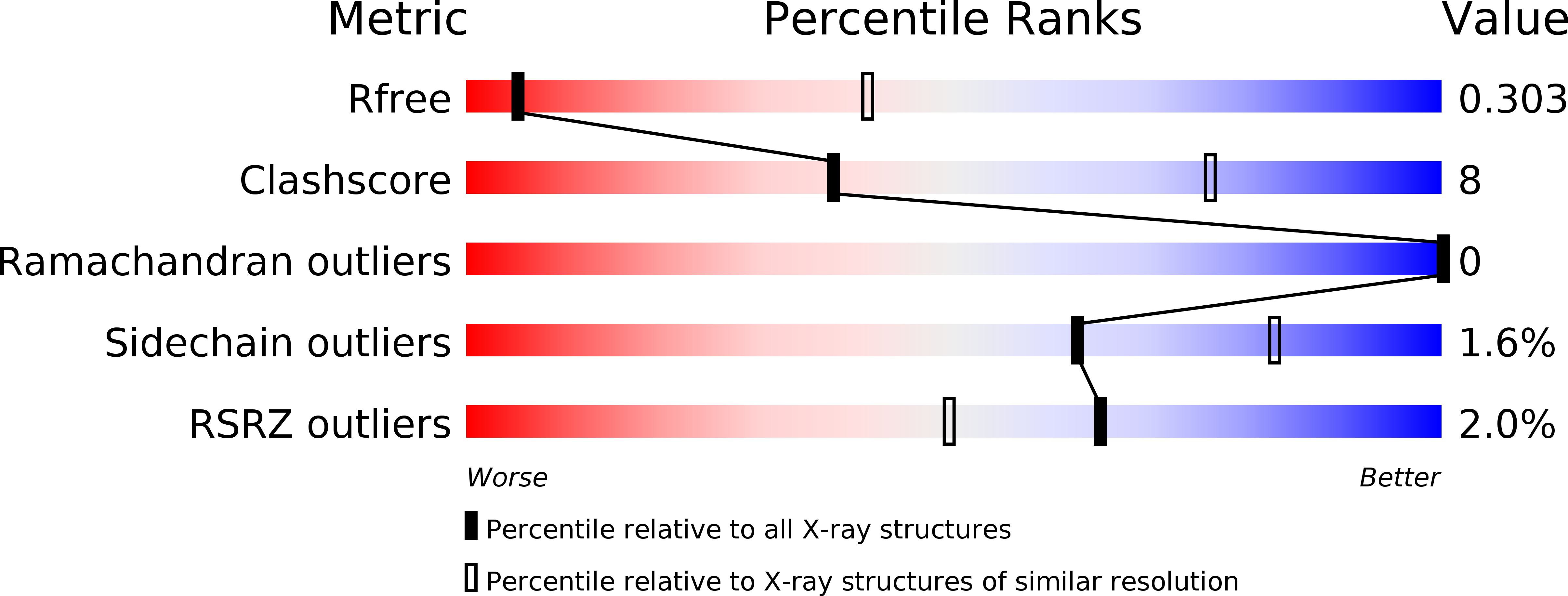
Deposition Date
2017-04-27
Release Date
2017-11-15
Last Version Date
2023-10-04
Entry Detail
PDB ID:
5VMM
Keywords:
Title:
Staphylococcus aureus IsdB bound to human hemoglobin
Biological Source:
Source Organism:
Staphylococcus aureus (Taxon ID: 1280)
Homo sapiens (Taxon ID: 9606)
Homo sapiens (Taxon ID: 9606)
Host Organism:
Method Details:
Experimental Method:
Resolution:
3.60 Å
R-Value Free:
0.30
R-Value Work:
0.25
R-Value Observed:
0.25
Space Group:
P 21 21 2


